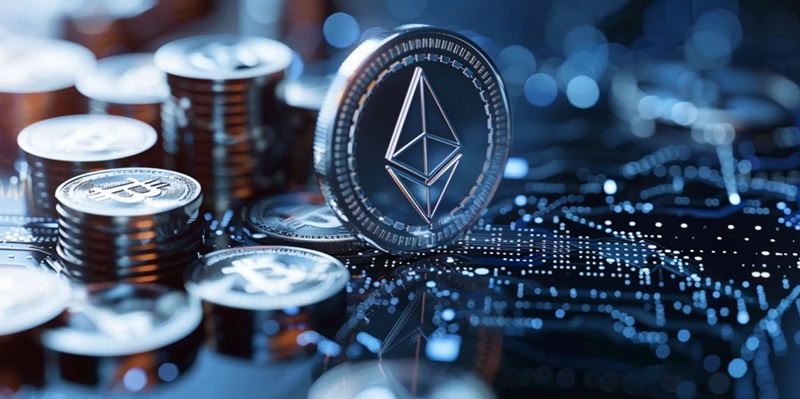Ethereum, the blockchain platform known for its smart contracts and DeFi applications, has reached a new low in its ETH burning. On May 5, 2024, the network saw just 610 ETH being burned, which contrasts sharply with the 2,500–3,000 ETH that were generally burned daily earlier this year. The reason behind this significant drop is linked to the decrease in average gas fees, which are now between 5 to 10 gwei – a figure that is surprisingly low by historical standards.
The dip in gas fees has largely been due to the successful adoption of Layer 2 solutions and the introduction of blob transactions via the Dench upgrade. This change in consumption has led to a proportionally decreased amount of ETH burned, as lower fees mean there’s less ETH to be burned with each transaction. This transition brings about mixed implications for the network’s economic model, which has leaned towards a deflationary trend with the introduction of burning mechanisms.
Impact of Low Gas Fees
The reduction in gas fees has been a boon for users, who can now execute transactions on the Ethereum network at minimal cost. This user-centric development may lead to increased network usage and a surge in small transactions that were previously uneconomical due to higher fees. However, the reduced fees have a noticeable impact on the network’s deflationary mechanism, a critical aspect affected by the burning of transaction fees, which was significantly highlighted after the London hard fork in August 2021.
With less ETH being burned, there is a slight shift toward supply growth, which has been quantified at 0.49% growth according to ultrasound.money. While such metrics might raise concerns about inflationary pressures, the change may not necessarily be a permanent fixture of the network’s landscape. Economic models may self-correct, and changes in network demand could see a return to higher burning rates and fees.
Looking Ahead
The Ethereum community watches closely as lower transaction fees impact the network’s economic dynamics. With the trend of reduced fee burning, questions surface about Ethereum’s long-term value and scarcity. The network’s deflationary nature hinges on a robust rate of ETH being burned, which is currently dampened by these lower fees.
Despite the simmering concerns, there’s an optimistic outlook among stakeholders for a comeback. Many believe the system will reach a new equilibrium as Ethereum evolves in response to user patterns and technological progress. Moreover, the maturation of Layer 2 protocols promises to bring stability to the network’s economy.
Anticipation is growing for a resurgence in ETH burning as these developments take root, potentially reinforcing Ethereum’s deflationary model. The community remains watchful, hopeful that the delicate balance of the Ethereum economy will soon tip back towards a model that ensures its scarcity and, consequently, its value.

